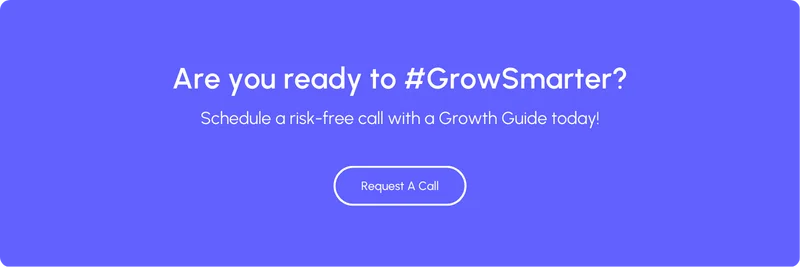Are You Using Failure as a Key to Success?
by Shawn Karol Sandy, on Jul 27, 2014 3:49:00 PM
Tackling thoughts about failure today, but let’s start out this blog with the right mindset:
Failure is an event, not a person." –Zig Ziglar
Man, we hate failure. Don’t want to admit to it, don’t want to claim it, don’t want it any where near us.
But why? Other than school grades, failure pretty much means you tried.
If you’ve failed at something, it means you took a risk
Failure means you started, gave it a shot, made an attempt.
Some failure is worse than others. Some can be avoided and some fails can be minimized.
What I’ve seen in start ups and ground floor businesses is a marked difference between “Risk” and “Reckless.”
Starting a business, launching a new venture or product line is a risk, but if you haven’t put the planning and strategy behind it, it can be reckless.
According to Bloomberg, 8 out of 10 entrepreneurs who start businesses fail within the first 18 months. Ouch.
Running with a good idea, identifying a gap in market coverage, or discovering a new purpose for a product is how many new businesses get started, but what’s next?
Believe it or not, the hottest priority for most businesses is a name and a logo so they can order business cards—then maybe a website and packaging or social media and they’re “in business.” Ready to set up their Facebook page, generate thousands of “likes” and receive orders.
Ready. Fire. Aim . . . Reckless.
That’s not to say those businesses can’t be successful, but what else should go into strategically building a business so that you can be those 2 out of 10 that survive and thrive beyond those first 18 months—or 18 years?
Much research and planning goes into new business strategy but there’s
One Step That Most People Don’t Include in Their New Business Model: Failure
Does your model pass the failure test?
Why would you want to test your failure rate? Isn’t a start up about building resources and promotion so your launch is successful? Not if it can’t pass the first failure test. It’s easier to focus on the possibilities of what your idea is and can become rather than ask the tough question in the beginning: Will this work?
Build a small scale version, test your ideas before you invest in tons of infrastructure, technology or product. A great example of this comes from Tony Hsieh’s book, Delivering Happiness. Before launching Zappos, he and his co-founders weren’t even sure back in the late 90’s that people would dare order shoes online. So they tested their business idea—setting up their first primitive website with shoe images from the manufacturers’ websites, added “buy” buttons and watched to see if their concept would work.
Yes, people bought. Orders came through and one of the guys ran out to a local store and bought the exact ordered shoes at full price, ran home and shipped them out.
Of course, they lost money this way, but they quickly answered one of the key business questions: Will people buy shoes online?
They didn’t invest in inventory, warehousing, labor, technology or infrastructure before they answered this key question.
What if their experiment had failed? They would have most likely tweaked their model and ran another test until they figured out the right combination so they could go on and build their company with the radical corporate culture and awesome customer service they have today.
If you don’t test the first idea, let it fail or succeed, learn from it and tweak it, you’ll take the long route {expensive, time consuming, frustrating} to learning those same things. Many people get burned after investing so much time, energy and money in their new idea . . . and don’t try again. Which is a shame. They don’t capitalize on that failure to take what they’ve learned and pack that into their revised strategy.
Fail Early. Fail Fast. Fail Often. Fail in Increments—Instead of Entirety
What can you test? New business, new product, new revenue stream, new processes, different job roles, alternate sales to production handoff?
Test to fail, test to succeed. Use Failure as a Key to success.
PS. Need some inspiration around getting started, being lean and Failing as a key to success? Check out a couple of our favorite resources:
Rework – by 37 Signals – Throw out everything you thought about business and Re-think Entrepreneurship.
Poke the box – by Seth Godin – How do you get started?
.webp?width=12693&height=4513&name=Sauce%20Logo%20Dark%20Ht%20(1).webp)

.webp?width=180&height=64&name=Sauce%20Logo%20Dark%20Ht%20(1).webp)












